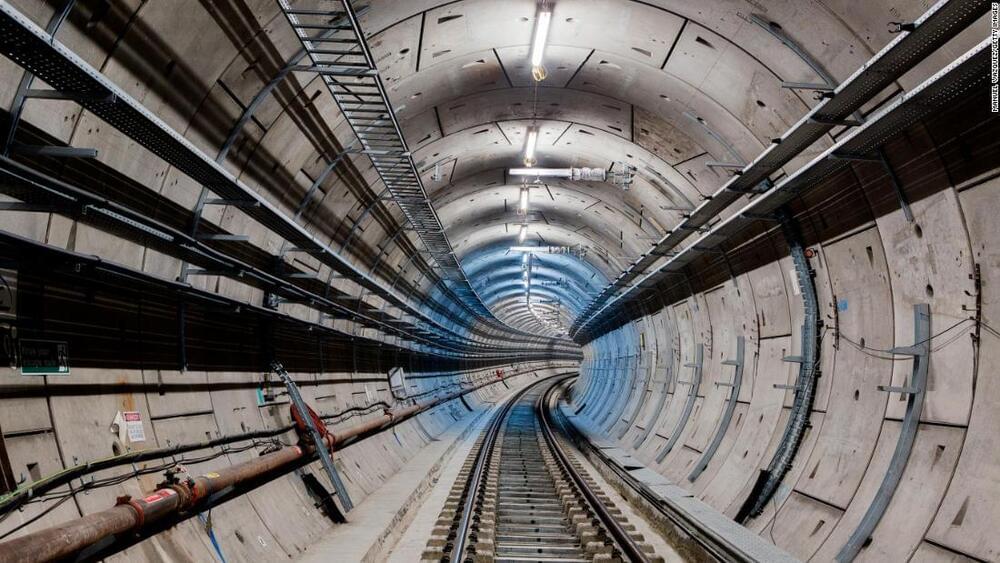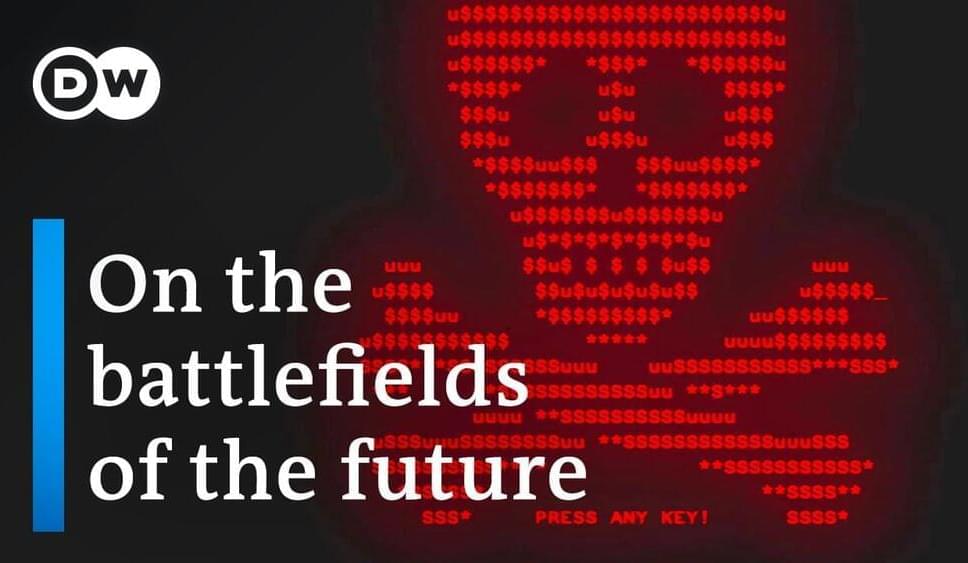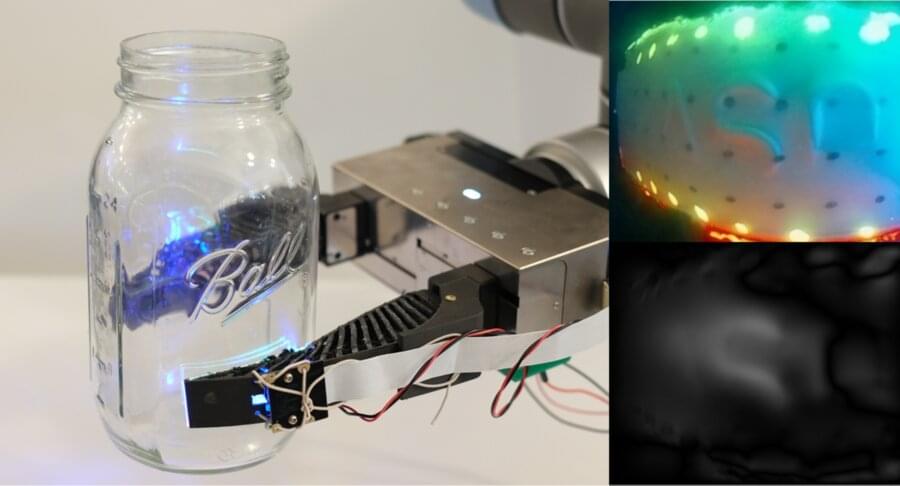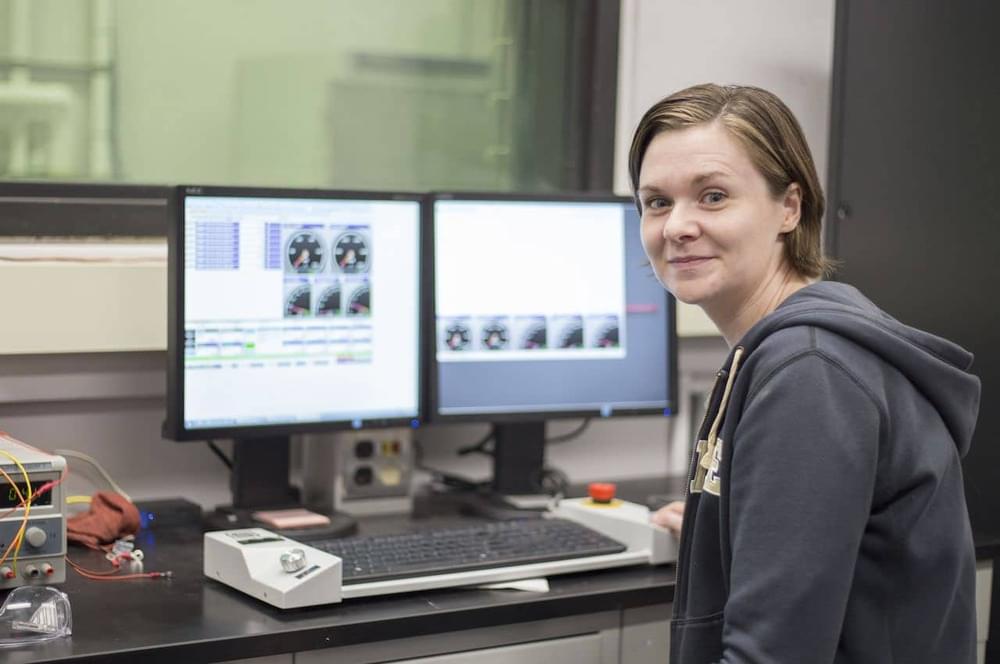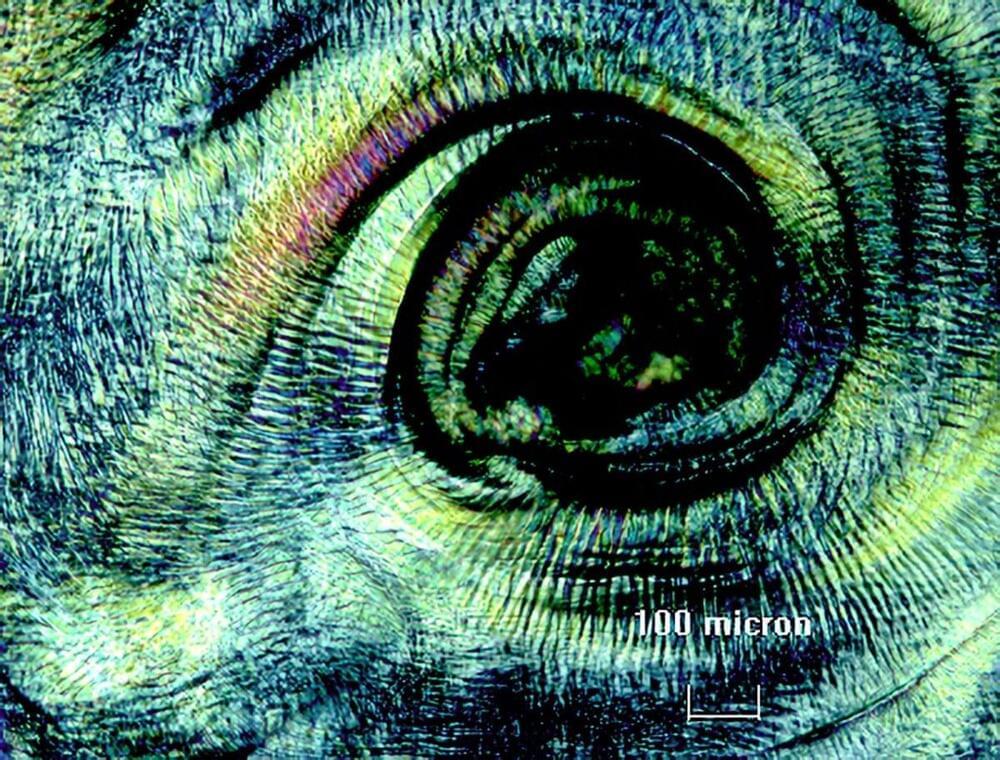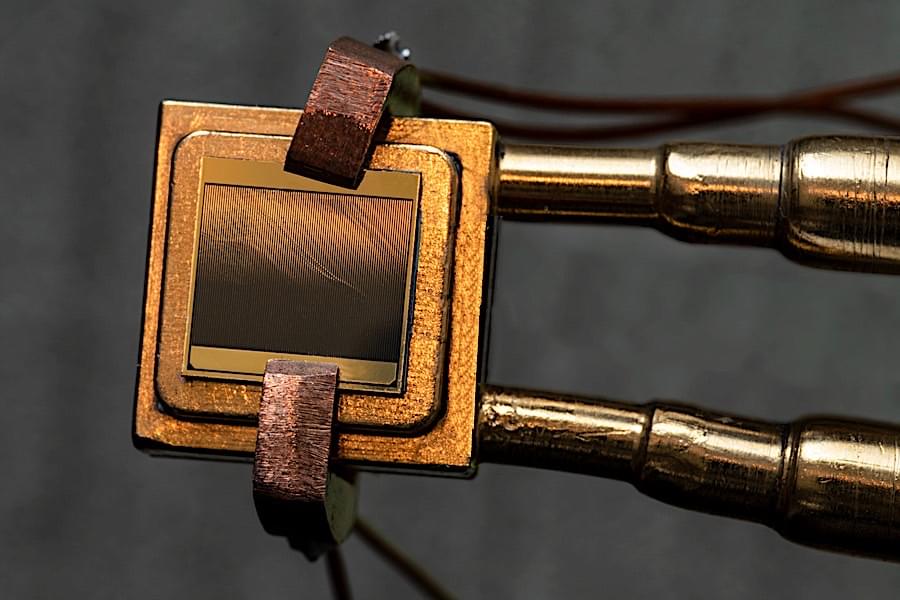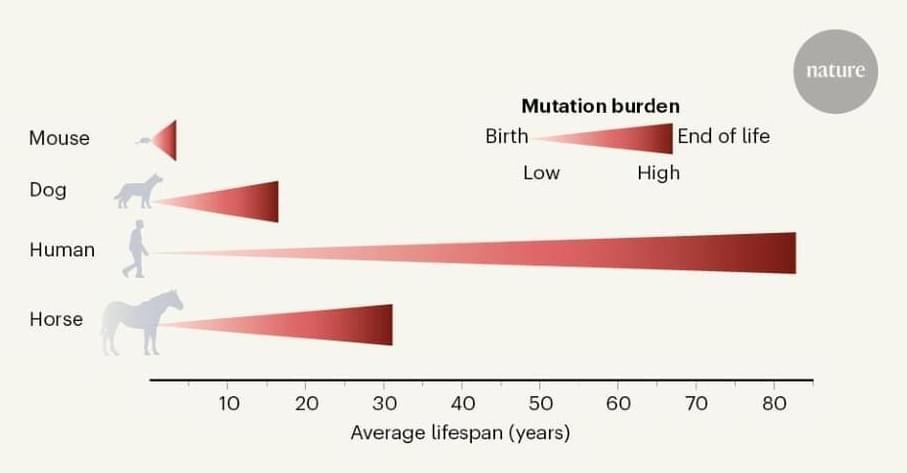Crossrail, or the Elizabeth Line, is set to revolutionize London transport, with high-speed trains running from east to west underneath the UK capital.
A shadow war is a war that, officially, does not exist. As mercenaries, hackers and drones take over the role armies once played, shadow wars are on the rise.
States are evading their responsibilities and driving the privatization of violence. War in the grey-zone is a booming business: Mercenaries and digital weaponry regularly carry out attacks, while those giving orders remain in the shadows.
Despite its superior army, the U.S. exhausted its military resources in two seemingly endless wars. Now, the superpower is finally bringing its soldiers home. But while the U.S.’s high-tech army may have failed in Afghanistan, it continues to operate outside of official war zones. U.S. Special Forces conduct targeted killings, using drones, hacks and surveillance technologies. All of this is blurring the lines between war and peace.
The documentary also shows viewers how Russian mercenaries and hackers destabilized Ukraine. Indeed, the last decade has seen the rise of cyberspace armament. Hacking, sometimes subsidized by states, has grown into a thriving business. Digital mercenaries sell spy software to authoritarian regimes. Criminal hackers attack any target that can turn a profit for their clients.
But the classic mercenary business is also taking off, because states no longer want their official armies to go into battle. Former mercenary Sean McFate outlines how privatizing warfare creates an even greater demand for it. He warns that a world of mercenaries is a world dominated by war.
#documentary #dwdocumentary.
The notion of a large metallic robot that speaks in monotone and moves in lumbering, deliberate steps is somewhat hard to shake. But practitioners in the field of soft robotics have an entirely different image in mind—autonomous devices composed of compliant parts that are gentle to the touch, more closely resembling human fingers than R2-D2 or Robby the Robot.
That model is now being pursued by Professor Edward Adelson and his Perceptual Science Group at MIT’s Computer Science and Artificial Intelligence Laboratory (CSAIL). In a recent project, Adelson and Sandra Liu—a mechanical engineering Ph.D. student at CSAIL—have developed a robotic gripper using novel “GelSight Fin Ray” fingers that, like the human hand, is supple enough to manipulate objects. What sets this work apart from other efforts in the field is that Liu and Adelson have endowed their gripper with touch sensors that can meet or exceed the sensitivity of human skin.
Their work was presented last week at the 2022 IEEE 5th International Conference on Soft Robotics.
I tried to find the single biggest laser in the world, but it turns out I’m spoiled for choice.
Nature may abhor a vacuum, but it sure loves structure. Complex, self-organized assemblies are found throughout the natural world, from double-helix DNA molecules to the photonic crystals that make butterfly wings so colorful and iridescent.
A Cornell-led project has created synthetic nanoclusters that can mimic this hierarchical self-assembly all the way from the nanometer to the centimeter scale, spanning seven orders of magnitude. The resulting synthetic thin films have the potential to serve as a model system for exploring biomimetic hierarchical systems and future advanced functions.
This image shows synthetic nanoparticles as they self-organize into filaments, then twist into cables, then bundle together into highly ordered bands, ultimately resulting in a thin film that is patterned at centimeter scales. (Image courtesy of the researchers)
There are so many paths we humans are running down in our chase for a greener future it’s extremely hard to keep track of everything. The auto industry is trying to go electric, either by means of batteries or hydrogen, the aviation industry is going for biofuels, while energy production and storage, well, this one is all over the place, betting on anything from the sun to the wind and nuclear.
CUORE Team Places New Limits on the Bizarre Behavior of Neutrinos Physicists are closing in on the true nature of the neutrino — and might be closer to answering a fundamental question about our own existence. In a Laboratory under a mountain, physicists are using crystals far colder than frozen air to study ghostly particles, hoping to learn secrets from the beginning of the universe. Researchers at the Cryogenic Underground Observatory for Rare Events (CUORE) announced this week that they had placed some of the most stringent limits yet on the strange possibility that the neutrino is its own antiparticle. Neutrinos are deeply unusual particles, so ethereal and so ubiquitous that they regularly pass through our bodies without us noticing. CUORE has spent the last three years patiently waiting to see evidence of a distinctive nuclear decay process, only possible if neutrinos and antineutrinos are the same particle. CUORE’s new data shows that this decay doesn’t happen for trillions of trillions of years, if it happens at all. CUORE’s limits on the behavior of these tiny phantoms are a crucial part of the search for the next breakthrough in particle and nuclear physics – and the search for our own origins.
The parachute was jettisoned during the landing sequence so the Skycrane could lower the rover down to the surface on its wheels.
